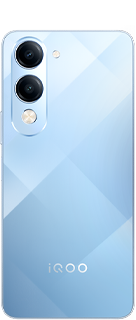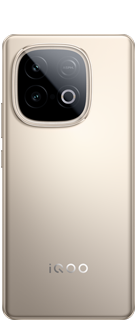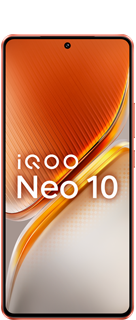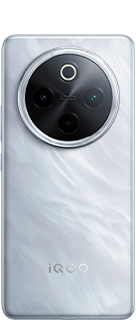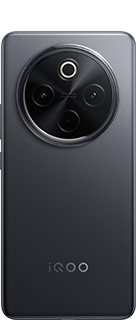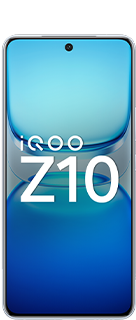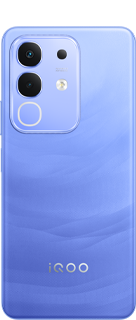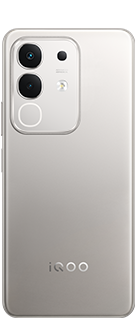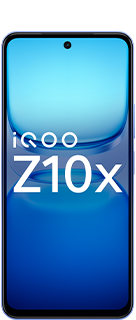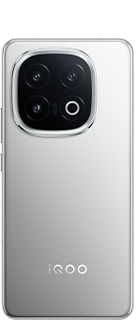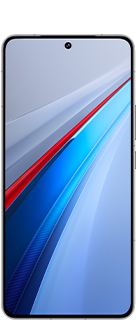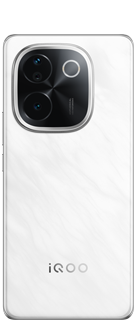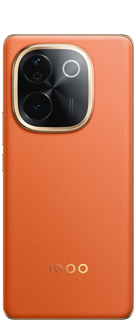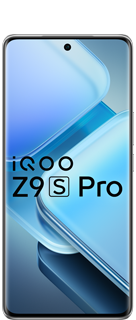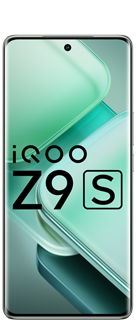Laptop Buying Guide
Laptops are compact enough to take with you, yet powerful enough to run heavy applications. With so many options in the market, it becomes difficult to choose the one with the right specification. This guide will help you understand the essential factors to consider when buying a laptop.
Budget
First and foremost, you must establish your budget. Laptops are available in a range of price points. Determine your spending limits and stick to them. Remember that the higher the price of the laptop, the better the performance and specifications.
size
Laptops come in different sizes, ranging from 11 inches to 19 inches. The screen size depends on the user's preference and the purpose of the laptop
- 11-13 inch
Smaller and compact. Ideal for traveling professionals and students.
- 14-16 inch
The most popular screen size because of the portability and usability. Ideal for professionals, students, entry level gamers, and movie lovers.
- 17-19 inch
This screen size is larger and weighs heavier. Ideal for high-end gamers, graphic designers, illustrators, and editors.

Resolution
Resolution refers to the number of pixels on display. Higher the number of pixels, the better the resolution.
- HD
Available in 11 to 13-inch screen sizes, this resolution is good for basic usage such as browsing the Internet, checking mail, watching movies and listening to music.
- FHD & QHD (2K)
Available in 12 to 16-inch screen sizes, this resolution is good for mainstream usage such as office, studying, gaming, and multiple app use.
- QHD (2K), QHD+ (3K), UHD (4K), Retina
Available in 14 to 17-inch screen sizes, this resolution is good for premium usage such as professional gaming, 4K video editing, multiple app use and 3D animation.
Processor
The processor is the brain of the laptop, and it's responsible for carrying out all the tasks. The processor's performance is measured in gigahertz (GHz), and the higher the number, the faster the processor. Intel and AMD are the two major processors available in the market. Intel is known for its excellent performance, while AMD offers better value for money.
- Intel processors are known for their strong single-core performance and are often found in high-end laptops.They also tend to have better support for integrated graphics.
- AMD processors, on the other hand, are known for their strong multi-core performanceAMD processors also tend to have better thermal performance, meaning they run cooler than Intel processors and may be better suited for smaller laptops with limited cooling capacity.
If you need high single-core performance and are willing to pay a premium, an Intel processor may be the way to go. If you want a good balance of performance and cost, an AMD processor may be the better choice.


RAM
Random Access Memory (RAM) is responsible for storing data temporarily and helps in smooth multitasking. The minimum RAM required for basic tasks is 4GB, but it's recommended to have 8GB or more for better performance.
- 4GB
Best suited for browsing the web and updating social media.
- 8GB - 16 GB
Best suited for creating spreadsheets, working on presentations, basic gaming,streaming HD movies, basic photo editingand basic video editing.
- 32GB
Best suited for graphic designing, professional photo editing, professional video editing, music production, gaming enthusiast and CAD design.
RAM TYPE
DDR4 : Faster and Efficient power consumption.
DDR3 : Older slower and consumes more power.
Storage
HDD
- A hard disk drive (HDD) is the most common storage type and is available in various capacities.
- Good if you want to save a lot of films, music, and other large files. Look for a Laptop with at least a 1TB hard drive.
SSD
- A solid-state drive (SSD) may be a better option than HDD as it is much faster, meaning faster boot and loading times.
- Good if you want to save more graphic files, video files, games, and multiple heavy-duty programs.

Graphics Card
The graphics card is responsible for handling all the graphical tasks such as gaming, video editing, and graphics designing. It is a dedicated processor to just work on an improve visuals on the device, hence not loading the main processor with the same.
- Integrated Graphics
Refers to the chip that is in-built to the processor itself and shares Laptop RAM and processing power to deliver what you see on the screen.
Ideal for everyday use such as browsing the internet, watching videos, and so on.
- Dedicated Graphics
Refers to the one where the Laptop has its own dedicated graphics chip and RAM which enables it to perform significantly faster.
Ideal for gaming, video editing, rendering or design work.
Operating System (OS)
An Operating System (OS) is a system software that helps devices such as mobile phones, tablets, and computers to run applications and programs. Laptops run on three major operating systems today: macOS, Windows, and ChromeOS
- MacOS
macOS is the operating system used by Apple's Mac computers. It is a closed-source operating system, meaning that it is not open to the public to modify or distribute. This makes it more secure and less prone to viruses and malware. macOS is also known for its integration with other Apple devices, such as the iPhone and iPad, through the iCloud service.
- windows
It is developed by Microsoft and is known for its compatibility with a wide range of hardware and software. Windows is an open-source operating system, meaning that it can be modified and distributed by anyone. This openness makes Windows more flexible but also more vulnerable to viruses and malware.
- ChromeOS
ChromeOS is an operating system developed by Google and is primarily used on Chromebook laptops. It is a cloud-based operating system, meaning that most of the applications and data are stored in the cloud rather than on the device itself.However, it is less flexible than macOS or Windows and has limited offline capabilities.
Battery & Charging
Large batteries enable greater portability, allowing you to work more on the go. Look for a number of cells (higher the better), battery capacity, and replacement policy.
Ports
Most Laptops have a variety of ports and slots. Be sure to keep your connectivity needs in mind when choosing the ports and slots. At least 2 USB ports, an HDMI port and an audio port are good to have. Additionally, you can look for USB Type-C ports, Thunderbolt ports, memory card slots, ethernet ports, or VGA ports based on your connectivity requirements.
thank you
Arjun sawhney @iQOO Connect
Please sign in
Login and share
